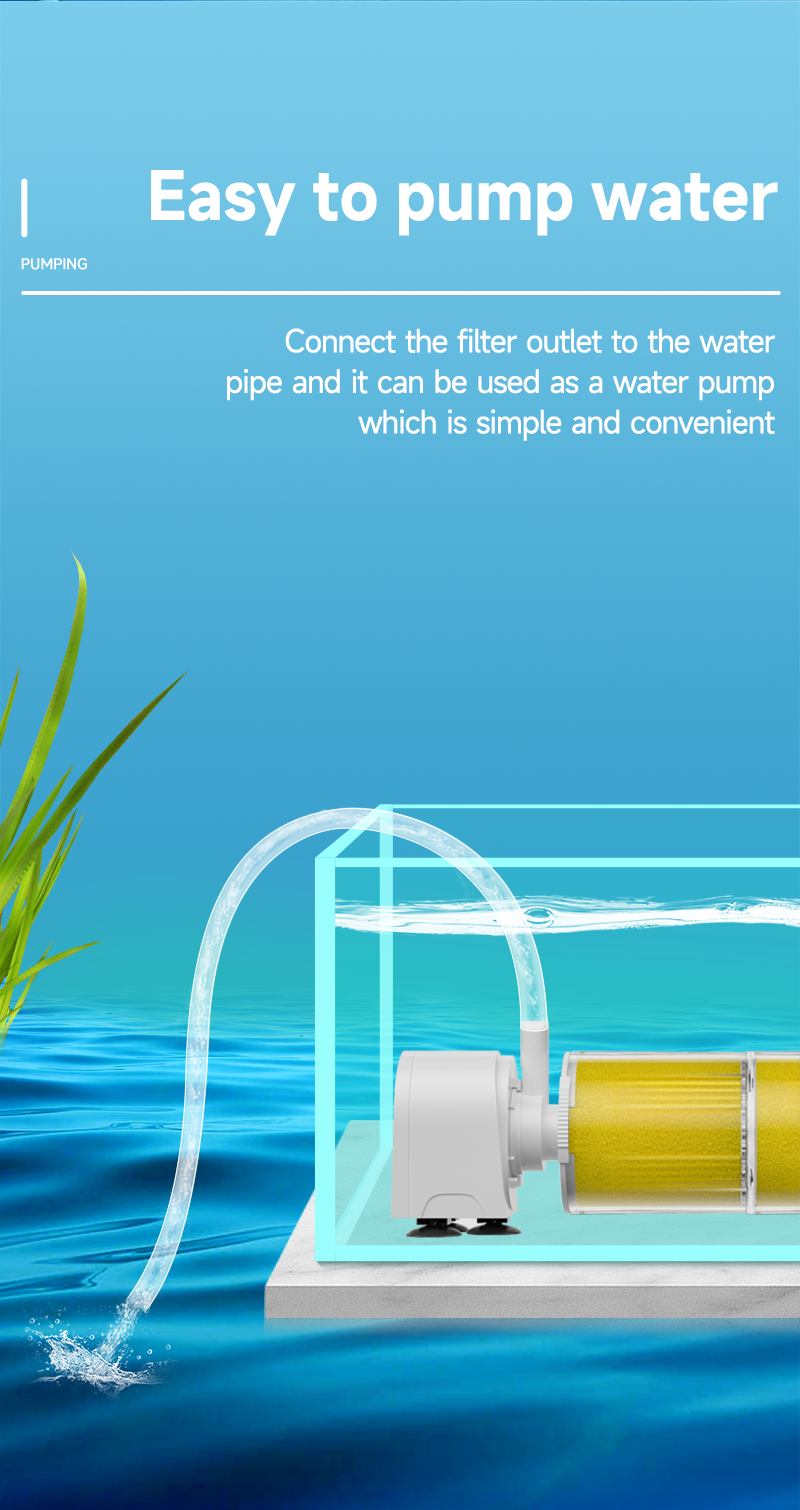When it comes to maintaining a healthy and thriving aquarium, the filtration system plays a crucial role. Many aquarium enthusiasts often wonder whether they can install multiple filters in one aquarium. The answer is yes, but it depends on several factors.
Reasons to Install Multiple Filters
- Enhanced Filtration Efficiency
One of the primary reasons to consider multiple filters is to improve the overall filtration efficiency. A single filter may not always be sufficient to handle the waste produced by a large number of fish or a heavily stocked aquarium. By adding a second filter, you can increase the mechanical, biological, and chemical filtration capacity. This ensures that the water remains cleaner for a longer period, reducing the frequency of water changes and providing a healthier environment for your aquatic pets.
- Redundancy and Backup
Another important consideration is redundancy. If one filter fails or requires maintenance, having a second filter in place ensures that the aquarium’s filtration process continues uninterrupted. This is particularly important in larger setups or aquariums with sensitive species that rely on stable water conditions. A backup filter can help maintain water quality and prevent potential issues such as ammonia spikes or poor water clarity.
- Customized Filtration Needs
Different types of filters serve different purposes. For example, a canister filter is excellent for mechanical and chemical filtration, while a sponge filter excels at biological filtration. By combining multiple types of filters, you can tailor the filtration system to meet the specific needs of your aquarium. This is especially useful in specialized setups like planted tanks, where additional biological filtration is beneficial, or in aquariums with messy fish species that require extra mechanical filtration.
Considerations When Installing Multiple Filters
- Compatibility and Flow Rates
When installing multiple filters, it is essential to ensure that they are compatible with each other and with the aquarium’s setup. Pay attention to the flow rates of each filter. Combining filters with significantly different flow rates can create imbalances in water circulation and filtration effectiveness. Ideally, the combined flow rate should be sufficient to turn over the entire volume of the aquarium water several times per hour, but it should not be so strong that it creates excessive water movement or stress for your fish.
- Space and Aesthetics
Space is another important factor to consider. Multiple filters can take up considerable space, both inside and outside the aquarium. Ensure that you have enough room to accommodate the additional equipment without overcrowding the tank or making it look cluttered. Some filters can be mounted on the back of the aquarium, while others may need to be placed externally. Plan the layout carefully to maintain an aesthetically pleasing appearance while still providing efficient filtration.
- Maintenance and Cost
Installing multiple filters means more equipment to maintain. Each filter will require regular cleaning, filter media replacement, and occasional troubleshooting. This can increase the time and effort needed to keep your aquarium in optimal condition. Additionally, the cost of purchasing and running multiple filters can add up. Consider the long-term financial commitment and whether the benefits outweigh the additional expenses.
In conclusion, installing multiple filters in one aquarium can be a beneficial strategy for enhancing filtration efficiency, providing redundancy, and meeting specific filtration needs. However, it is crucial to carefully consider factors such as compatibility, space, maintenance, and cost. By thoughtfully planning and selecting the right combination of filters, you can create a robust and reliable filtration system that supports a healthy and vibrant aquatic environment for your fish and other inhabitants.
Post time: Jun-16-2025

